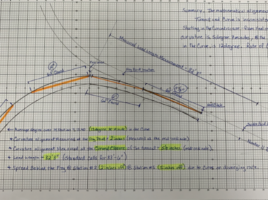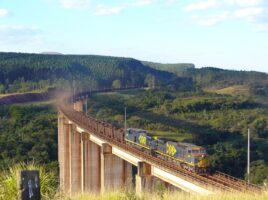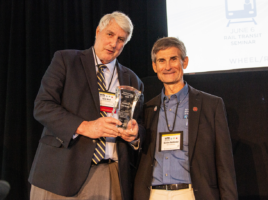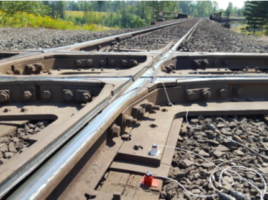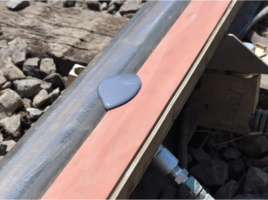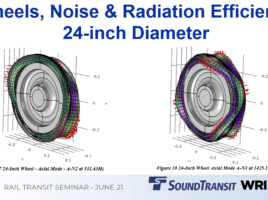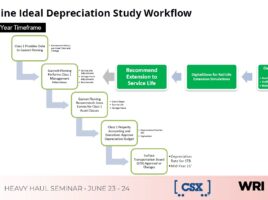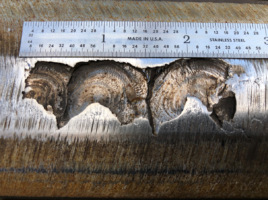
Squats and Studs: Emergent Damage Mechanisms on Rail Transit Systems
By Jeff Tuzik The unforgiving environment of the wheel/rail interface creates many damage mechanisms. These manifest in defects as varied as corrugations, rolling contact fatigue, and gage-corner cracking, to name only a few. Among the most vexing defects that commuter, transit and high-speed rail lines contend with are squat-type defects …

